A belay system must stop a falling load in case the work system breaks or fails.
The belay rope must ” follow ” the load, to avoid creating any slack that would increase the fall distance if the work rope fails.
Belaying a hauling operation
When hauling, belaying poses no technical problem. It is only necessary to take up rope at the same speed that the load is being raised, in accordance with the Instructions for Use for your device (working load, gripping the rope…).
See fall arrest test results at the bottom of the page
Belaying a lowering operation
When lowering, there are two different belaying situations:
Belaying a lower when the load is pulling the rope
If the load is pulling the rope, the user needs only to ensure proper rope feed, while being ready to arrest the load in case of a fall. The handle must thus be operated using the recommended grip, without letting go of the brake-side rope.
In order to be activated in case of a fall, the moving brake plate must be kept in contact with the rope. The handle must be pulled just enough to allow the rope to run, without it running completely free.
Operate the handle with the index finger, while the other fingers of the same hand hold the rope. Do not grip the handle with your whole hand. The other hand holds the free rope to help control speed if necessary.
Belaying a lower when the load does not pull the rope: giving slack
If the load does not pull the rope (e.g. horizontal progression), the user must feed rope through the MAESTRO to give slack, while ensuring that the rope will be locked in case the load falls. This is the most complicated situation, because in order to operate the handle, hold the brake-side rope and pull on the usable rope at the same time, three hands would be needed. If the user is alone, he/she must use the special grip described in the MAESTRO Instructions for Use and detailed below.
The right hand pulls the load-side rope, to give slack.
The left hand must simultaneously fulfill two functions: operate the handle and hold the brake-side rope. Operate the handle with the index finger, while the other fingers of the same hand hold the rope.
Do not grip the handle with your whole hand.
In order to be activated in case of a fall, the moving brake plate must be kept in contact with the rope. The handle must be pulled just enough to allow the rope to run, without it running completely free.
Stabilizing the MAESTRO while belaying
When the rope isn’t taut, the MAESTRO can move around inconveniently during use.
A tip for stabilizing the device is to tether yourself to the auxiliary attachment hole and put your weight on the lanyard.
Note: in the diagrams below, only the belay system is shown; the system holding the load is omitted for clarity.
Fall-arrest tests with the MAESTRO in a belaying situation
If the belay rope isn’t taut and the work rope fails, the load will free-fall until it loads the belay system.
[thrive_leads id=’50654′]
Peace on your Days
Lance

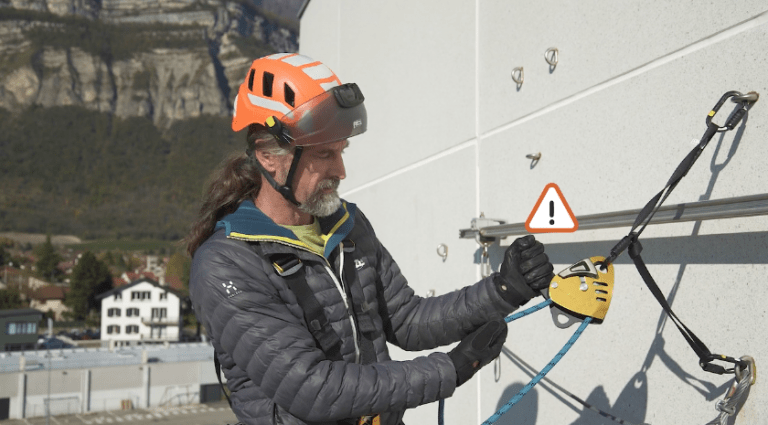
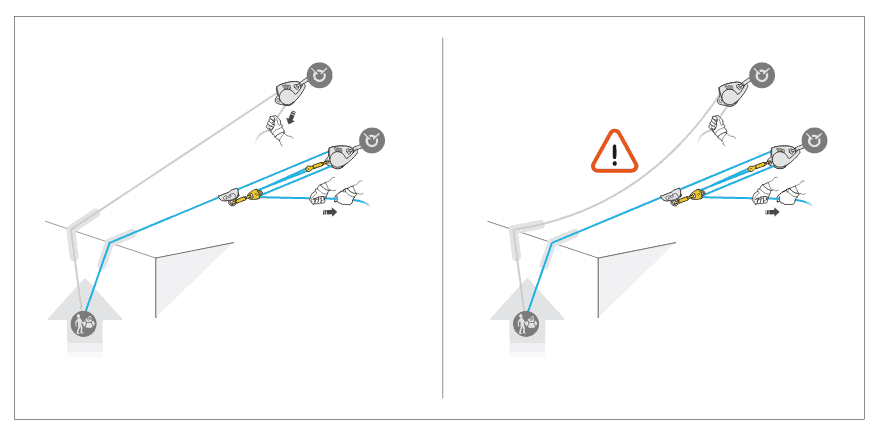
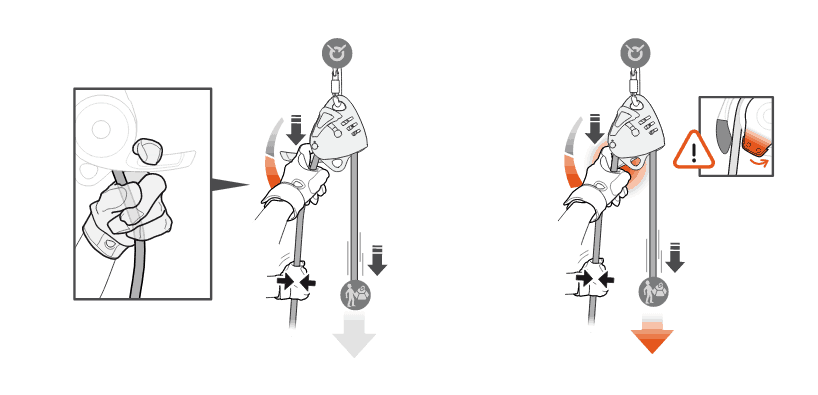
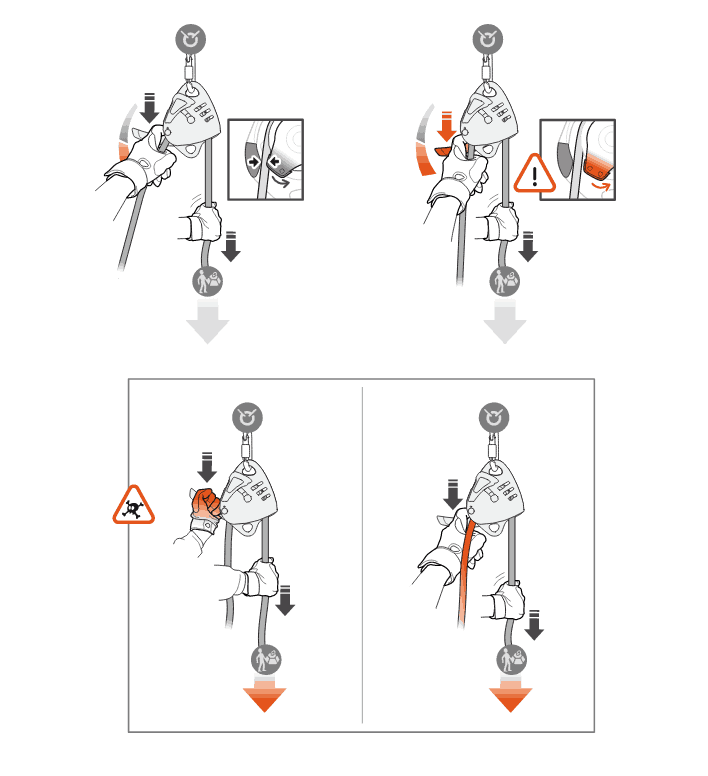
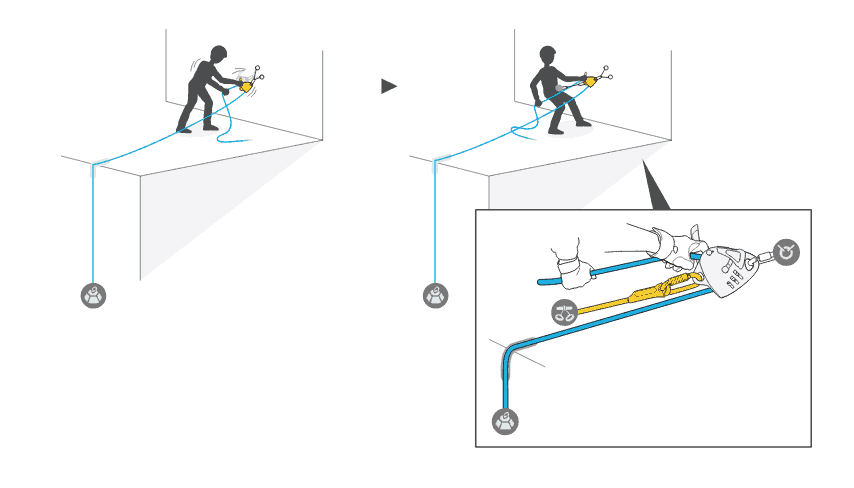









2 thoughts on “Belaying with the PETZL MAESTRO”
432348 443213hi there, your web site is discount. Me thank you for do the job 586103
684533 816152Valuable information. Fortunate me I discovered your web web site by chance, and Im surprised why this twist of fate didnt happened earlier! I bookmarked it. 65568
Comments are closed.